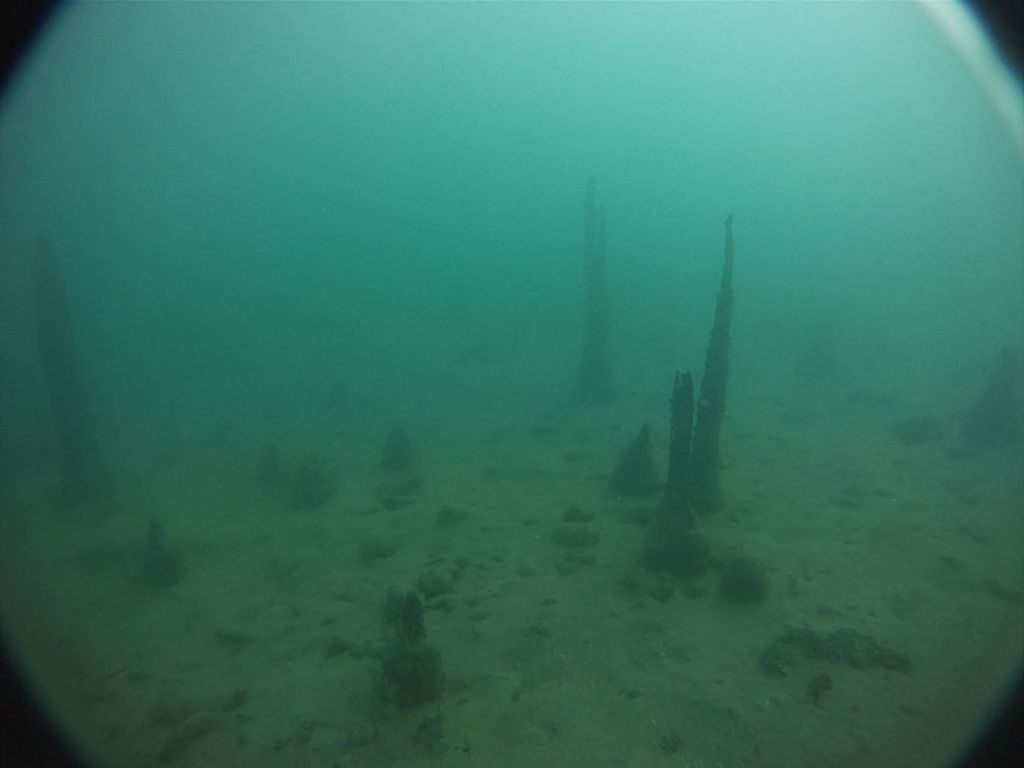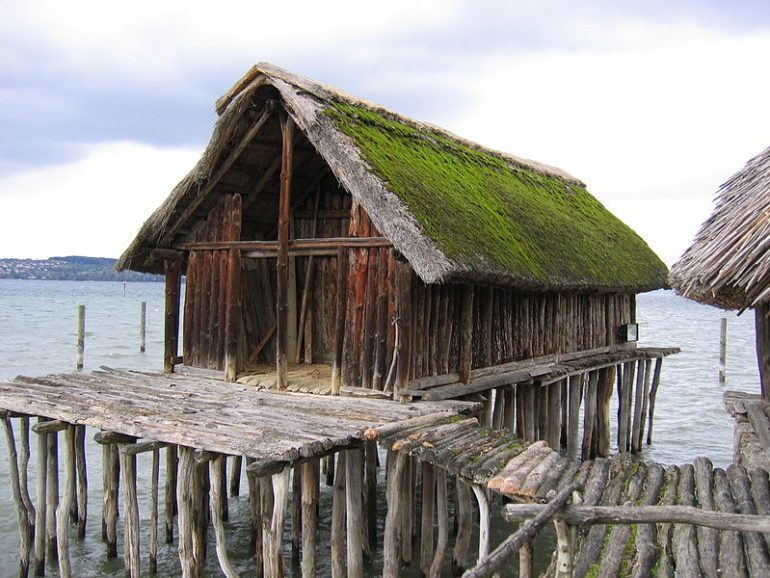Switzerland’s National Council has agreed to ratify the UNESCO Convention on the Protection of the Underwater Cultural Heritage. Despite not being known as aquatic, the country houses many remains of prehistoric pile dwellings, now mostly under water in the country’s great lakes.
UNESCO Convention on the Protection of the Underwater Cultural Heritage
The 2001 UNESCO Convention on the Protection of the Underwater Cultural Heritage is a treaty intended to protect “all traces of human existence having a cultural, historical or archaeological character” which have been under water for over 100 years. This extends to the protection of shipwrecks, sunken cities, prehistoric art work, treasures that may be looted, sacrificial and burial sites, and old ports that cover the oceans’ floors. It has been ratified by over 60 countries.
Prehistoric pile dwellings around the Alps
The prehistoric dwellings in Switzerland are amongst a series of settlements found in cvarious places in the Alps built from around 5000 to 500 B.C. on the edges of lakes, rivers or wetlands. 111 of these sites, located in 6 different countries are listed as UNESCO World Heritage Sites.
The houses were erected on marshy land nearby the lakes. They were set on piles to protect against occasional flooding.
Read more (In French) at Le Matin.


